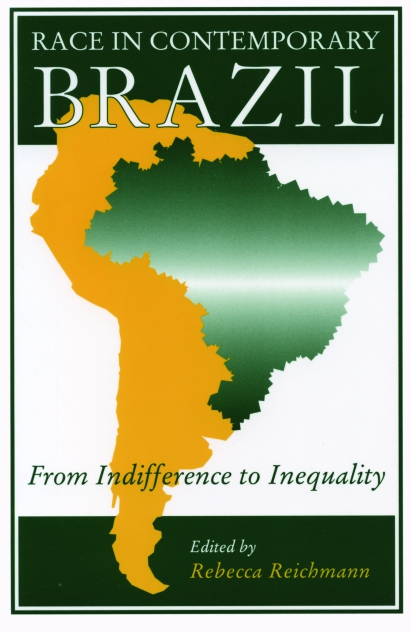Bound Lives: Africans, Indians, and the Making of Race in Colonial Peru by Rachel Sarah O’Toole (review)
Journal of Social History
Volume 48, Number 2, Winter 2014
pages 465-466
Erick D. Langer, Professor of Latin American History
Georgetown University, Washington, D.C.
O’Toole, Rachel Sarah, Bound Lives: Africans, Indians, and the Making of Race in Colonial Peru (Pittsburgh: University of Pittsburgh Press, 2012).
The presence of Africans and their descendants is much more important than often realized in Peru. During the colonial period, tens of thousands of Africans were forced to cross the isthmus at Panama City and be sold as slaves in Peru. Even today, the rhythms of chicha, a combination of African and indigenous sounds, resonate in popular Peruvian music. The famous Peruvian cuisine was forged with important ingredients of European, Andean and African food heritages (as well as the nineteenth-century Chinese influences). More than anywhere else in the Andean region, African culture has melded with that of the Andes.
Rachel O’Toole documents Andean and African contributions to colonial society in the northern Peruvian coast during the seventeenth century. She breaks new ground by reexamining the interactions between Andeans and Africans and also explores how Andean peoples became “Indians” and Africans became “blacks.” The supposition, based on Spanish sources, had been that Africans were the enemies of the Indians, since they had more in common with their masters and abused the Andeans when they entered indigenous villages. However, O’Toole shows that that was not necessarily the case; Andeans and Africans interacted in many ways, including helping each other, intermarrying, being godparents to each other, and maintaining intense commercial relations.
Most of all, O’Toole emphasizes the new legal environment in Peru, where Africans became a legal category, a type of casta, that made human beings from Africa into merchandise and flattened out as much as possible the slaves’ diverse origins on the African continent. The Indians in turn came into a different category, of people who, according to the Spanish, were vulnerable to black castas and who enjoyed greater protections and higher legal status than people of African descent. She uses the metaphor of location to position each group into its respective legal category and how that changed over time.
After dealing with African-Andean interactions and the creation of the legal positions of each group, the author takes the last three chapters to delineate not so much the interactions between the two, but rather the making of the “Indian” category (Chapter 3) and the slave category (Chapter 2) within the casta system, which reified racial categories and created the divisions between the races. In the case of the Indians, she focuses on land and water, while for slaves she zeroes in on labor conditions. As O’Toole notes, “casta did the work of race” (164). Within the colonial system, this permitted Spaniards to divide and rule based on the differing regulations each category of human being, whether Spaniard, Indian, or black casta, had to follow. O’Toole takes to task in the conclusion of her book the towering seventeenth-century work of Felipe Guaman Poma de Ayala and his negative perception of Africans. Guaman Poma, an indigenous nobleman, wrote a 1,189 page missive to the Spanish king, in which he complained about abuses against the indigenous population, especially that of the Africans. O’Toole asserts that this opinion is much too negative an assessment and that “Africans and their descendants were central to the making of the colonial Andes” (161).
This book is an important addition to the field because for the first time it focuses on the complex relationships between indigenous peoples and Africans in a central region of the Spanish empire. O’Toole also fruitfully used legal documents to “read along the grain” (66) to understand the construction of the Indian categories, centering on the judicial performances of Andeans, who consciously chose laws that favored their positions. This follows work done by many other scholars of the colonial Andes to further refine how the diverse indigenous peoples ended up in a flattened category of “Indian.” The creation of the Indian category paralleled what happened to the Africans through their experience of slavery, as the author makes clear.
Using the northern Peruvian coast as the case study for understanding the interaction between Andeans and Africans has its advantages and disadvantages. On the one hand, this was the Andean region where the majority of Africans were imported and so there is enough evidence to document the relations between the two groups. On the other hand, the…

